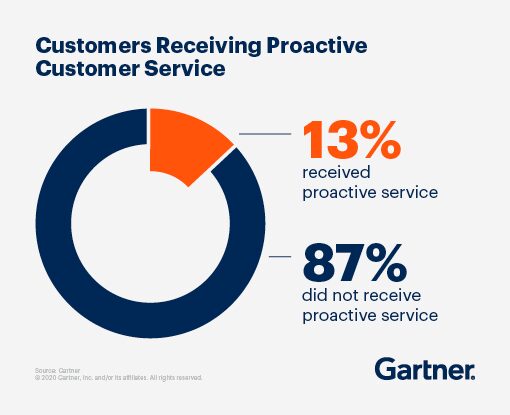The customer experience (CX) is an area set to undergo rapid change in the coming years. Already, we have seen great shifts in how consumers interact with brands and contact centres.
While many CX leaders understand the need for change and have laid plans to execute them, they often find their organisations hindered by the same tools, approaches, and technology they have used for the past several years. For your organisation to thrive, all of this must change. Your CX strategy will need an upgrade with the latest technology, advanced organisational operating structures, and a fundamental shift in the company-customer relationship.
Customer expectations especially are driving the need for these changes. Technology advances in automation, Artificial Intelligence (AI), Machine Learning (ML) and robotics are impacting CX delivery. In turn, customer expectations have evolved. For example, people who experience AI-backed CX from a platform like Netflix will come to expect the same thing from other streaming sites. How well you innovate to improve CX will define your competitive advantage. So, you need to understand why customer expectations are changing and the technology that will support these changes within your organisation.
Here are four ways CX will change in the future and what your business can do to keep up.
1. Customer values will drive spending behaviour
There was a time when customers procured products and services to meet their needs and at a price point that suited them. Now, with many digital channels at their fingertips, the buying experience has reached a point where customers shape it to their preferences. The ecosystem from where customers buy is now a lot more dynamic than it once was, so customers switch their choices and spending across brands that match their inclinations.
Part of this change includes the way that customers choose brands to purchase from. Their preferences now include their values, and they want to buy from companies that align with their values and beliefs. Where people might have purchased a product of the best quality or the lowest price point, many now go for brands that align with their values. While the price and quality of products and services remain key, some people are willing to pay a little more for a company that promises ethical practices.
So, your organisation will need to leverage data collected about the market and your customers to choose when and how to integrate customer values into CX to strengthen customer loyalty.
2. Hyper-personalisation will take over
Just as customers tailor their shopping experiences and follow companies that align with their values, they will naturally progress to expect hyper-personalised experiences.
Personalisation has historically been a tricky feat to pull off. It requires a great deal of data about individual customers to be stored and accessible in connected systems. The problem is that too many companies grapple with data silos and legacy technology that cannot keep up. As technology platforms become more intelligent and better integrated, and the underlying data stores communicate seamlessly, personalisation ventures become more plausible.
Your company must embrace the power of hyper-personalisation to provide excellent CX. Doing so will help you retain existing customers and attract new ones. Embracing a personalised approach is essential for any company looking to gain an edge over its competition and make a lasting impression on its customers.
It is pertinent to note that as hyper-personalisation becomes more accessible, your organisation must be mindful of data privacy concerns and compliance requirements. People want hyper-personalisation, but they also want to buy from companies committed to protecting sensitive information.
3. Automation and AI will continue supporting CX
For decades, AI has been a possibility explored in science fiction – with some forms of media depicting it as a positive and others placing it in a negative light. Now, AI has become a reality and part of business and CX.
When boosting CX, AI is an incredible tool for delivering personalised experiences to customers and has stretched the availability of contact centres to outside of business hours with technology such as chatbots. Automation revolutionises how customers experience businesses today by enabling companies to offer personalised, efficient customer service and faster response times. Doing so can save your business time and money while delivering higher customer satisfaction.
4. Real-time data and CX will become the norm
We are witnessing a delivery time reduction from five to three days to one day. Delivery or service time has become crucial in delivering high CX. Many companies have not configured their operations to suit, but this will change. Real-time experiences will become standard for most industries, exerting tremendous pressure on organisations to generate real-time CX signals with context, retool operations, and leverage automation to keep up with the market.
Real-time data and CX are quickly becoming the norm for businesses looking to boost growth and increase sales. In a digital world, customers expect more personalisation in their shopping experiences than ever before – they want personalised ads, product recommendations, and even customer service tailored specifically to them. As a result, businesses must ensure that they can provide a positive customer experience and collect data from their customers in real time. By leveraging real-time data and customer experience technologies, your business can stay ahead of the competition and create an exceptional shopping experience.
Premier Contact Point can guide you through the future of CX
Our cloud contact centre solution aims to improve digital CX and make life easier for your agents. We provide affordable, innovative contact centre features, such as visual IVR, CRM integration, self-service options and omnichannel capabilities. Our solution also includes a mobile app that supports your agents when they work outside of your office.
You can get in touch with us to book a demo of our cloud contact centre.












